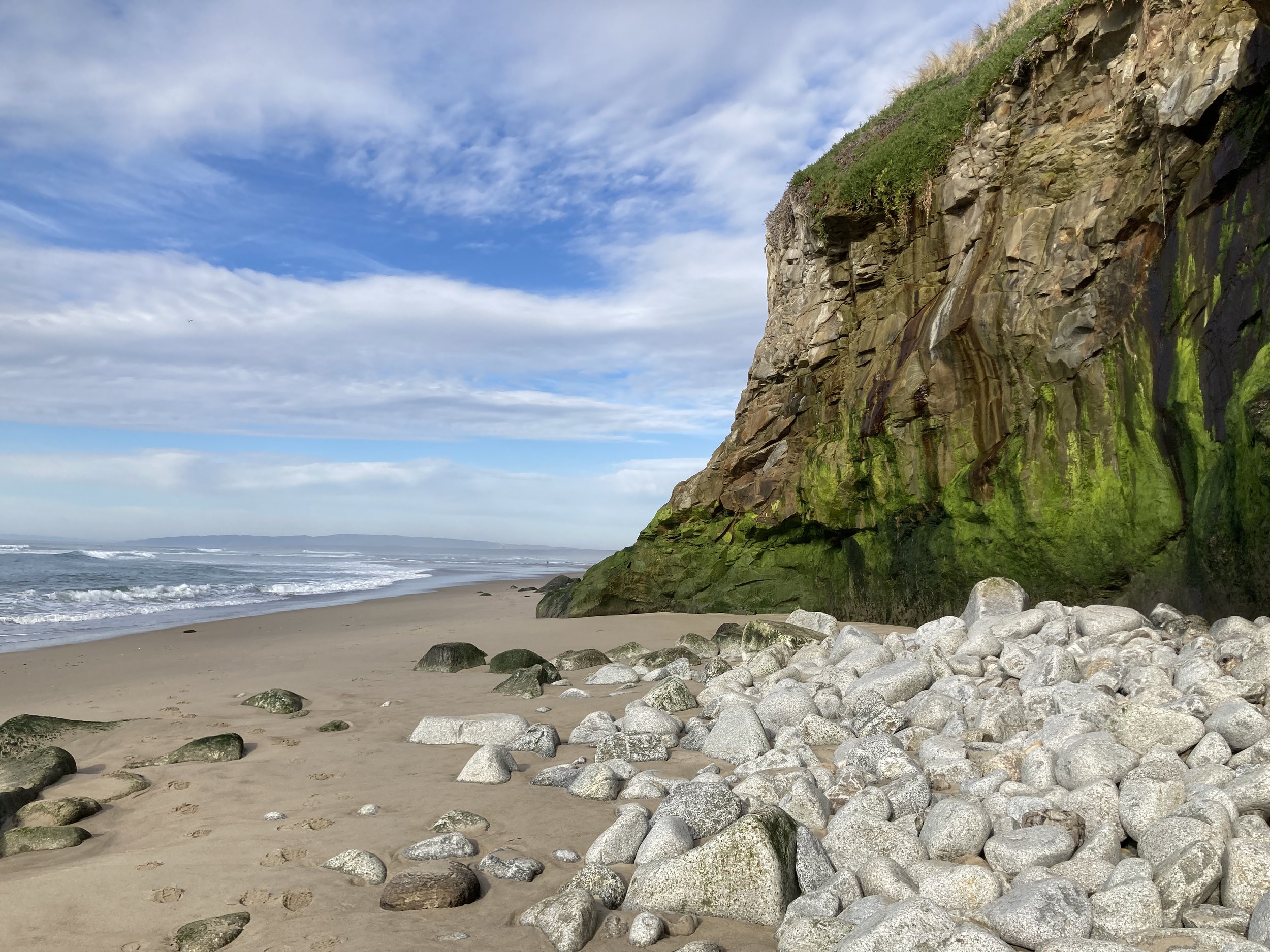One of my favorite things to do at Jalama is watch the brown pelicans as they soar overhead or skim along the surface of the water, rarely flapping a wing. They are majestic in their flight, powerful in their dives, and rarely a visit goes by without witnessing several groups of these magnificent birds as they go about their lives. Not that long ago, however, their very existence was tenuous and this is perhaps why I have such an affinity for them.
It was many years ago when I first became acquainted with this magnificent bird while researching a paper that was to address conservation efforts for a species that was at the time on the USF&W Endangered Species List. The California Brown Pelican had found its way to the list as its population was drastically waning due to reproductive failures caused by environmental pollutants. Specifically, DDT, an insecticide widely used throughout the US, had infiltrated the food chain through water drainage finding its way to the fish in the ocean. Unknowing pelicans were eating contaminated fish, primarily mackerel, sardines and anchovies, which altered the calcium levels in their physiology, resulting in weakened shells in the eggs being laid. The weakened shells meant much fewer chicks were hatching each year and the result was decimating to the pelican population leading to its listing in 1970 as an endangered species. Fortunately, with the ban on the use of DDT as well as other intervention policies put into place, the California Brown Pelican made a slow but dramatic recovery and was delisted as a stable species in November 2009.
Thus my fascination began with this beautiful bird many years ago. I have since learned that it’s large pouch (which can hold 3 gallons of water!) is used not only to catch fish, but also for temperature regulation and as a feeding trough for young chicks. Often brown pelicans catch their meals by plunge diving 20-60 feet after spotting the fish with their keen eyesight while in flight. During the dive the pelican hits the water with so much force that fish up to 6 feet under water can be stunned. The Brown Pelican is one of only two types of pelicans that fish this way, the other being the Peruvian Pelican, and both species have a network of air sacs throughout their body that serve as protection from the impact of these magnificent dives.
While the California Brown Pelican ranges from Central Mexico to Vancouver, currently in the US, the only breeding colonies are in California on West Anacapa and Santa Barbara Islands. Breeding season is winter through spring and nests are built by the female, often beginning with an indentation on the ground or a spot chosen by the male. The male also gathers the materials for the nest which may include feathers, dirt and various vegetation. Two to four eggs are laid each nesting season and incubation duration is 29-35 days. The young are ready to leave the nest after approximately three months but do not reach sexual maturity for 3-5 years.
Pelicans are social birds, living together in flocks and often flying together as well. They will sometimes fly in a V formation but it is more common to see them fly in a single line. And when they are skimming the water I always thought it was to catch fish, but alas, it is more often to make flying easier using nature’s physics of air in what is commonly referred to as ‘ground effect’ by pilots.
While the California Brown Pelican is no longer threatened by extinction, the species does have other concerns. Brown pelicans are hunted for their feathers which are prized decorations, nests are raided for the eggs and they are also slaughtered as they are seen as competition to fishermen. For now, I am grateful for their recovery and for the opportunity to witness their grace in flight, hoping that we can continue to live together, respectful of the gifts we each bring to this world.
https://www.allaboutbirds.org/guide/Brown_Pelican/lifehistory
https://www.montereybayaquarium.org/animals/animals-a-to-z/brown-pelican
http://www.aquariumofpacific.org/onlinelearningcenter/species/california_brown_pelican/
https://www.fws.gov/arcata/es/birds/brnpelican/b_pelican.html
https://animals.sandiegozoo.org/animals/pelican

